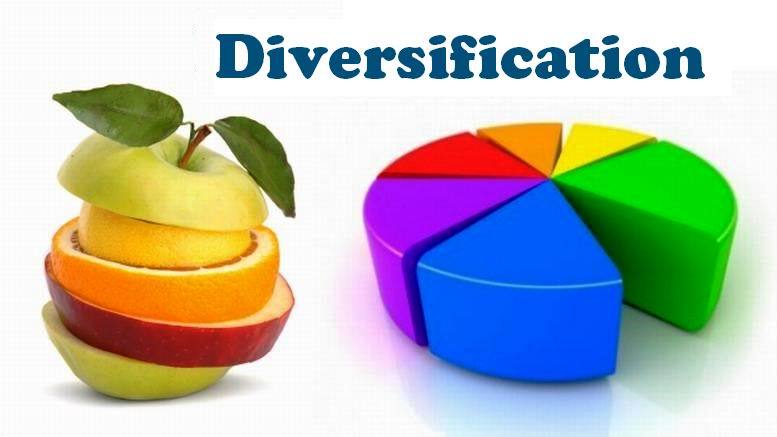Business Models: Understanding the Framework for Success

In the competitive world of commerce, having a well-defined business model is essential for long-term success. A business model outlines how a company creates, delivers, and captures value in a market. It serves as a blueprint for an organization, guiding it through various operational aspects, including revenue generation, cost structures, and customer engagement. Companies like Syntax business.com have successfully established their presence by leveraging innovative business models that cater to modern consumer demands.
What is a Business Model?
A business model is a conceptual framework that defines how a company operates and makes a profit. It describes the products or services offered, target market, revenue streams, and operational processes. Different companies adopt different models based on industry needs and market conditions.
Types of Business Models
Several business models have evolved over time, catering to different industries and consumer preferences. Some of the most common business models include:
- Brick-and-Mortar Model: This traditional model involves physical storefronts where customers visit and purchase products or services directly. Retail stores, restaurants, and local businesses typically follow this model.
- E-Commerce Model: Online businesses operate through websites or digital platforms, allowing customers to shop from the comfort of their homes. Examples include Amazon, eBay, and Shopify-based stores.
- Subscription Model: Companies like Netflix and Spotify use this model, offering services on a recurring payment basis. This ensures consistent revenue and customer retention.
- Freemium Model: Popular in the tech industry, this model offers basic services for free while charging for premium features. Software companies like Zoom and Dropbox successfully utilize this strategy.
- Marketplace Model: Platforms like Uber and Airbnb act as intermediaries, connecting buyers with service providers while earning a commission.
- Franchise Model: Businesses expand by allowing independent operators to run their branches under an established brand, like McDonald’s and Subway.
Key Components of a Successful Business Model
A strong business model is built on several critical components:
- Value Proposition: The unique benefits and solutions a company offers to customers.
- Customer Segments: Identifying and targeting specific groups of consumers.
- Revenue Streams: How a business generates income, whether through product sales, subscriptions, or advertisements.
- Cost Structure: Managing operational costs to maximize profitability.
- Distribution Channels: The methods used to deliver products or services to customers, such as online platforms, retail stores, or direct sales.
Why Choosing the Right Business Model Matters
Selecting an appropriate business model is crucial for sustainability and growth. A well-structured model enables a company to adapt to market trends, improve customer experience, and maintain profitability. Businesses must continuously analyze and refine their models to remain competitive.
Final Thoughts
Understanding and implementing the right business model can significantly impact a company’s success. Whether you are starting a new venture or refining an existing business, focusing on a robust model will enhance operational efficiency and long-term viability. Companies that strategically align their business models with market demands will continue to thrive in the ever-evolving commercial landscape.




